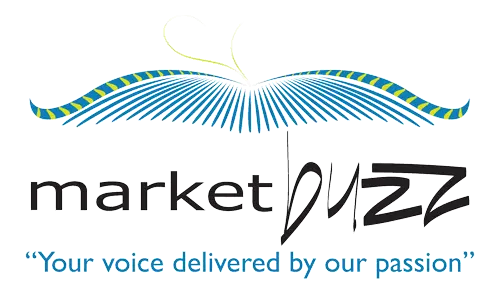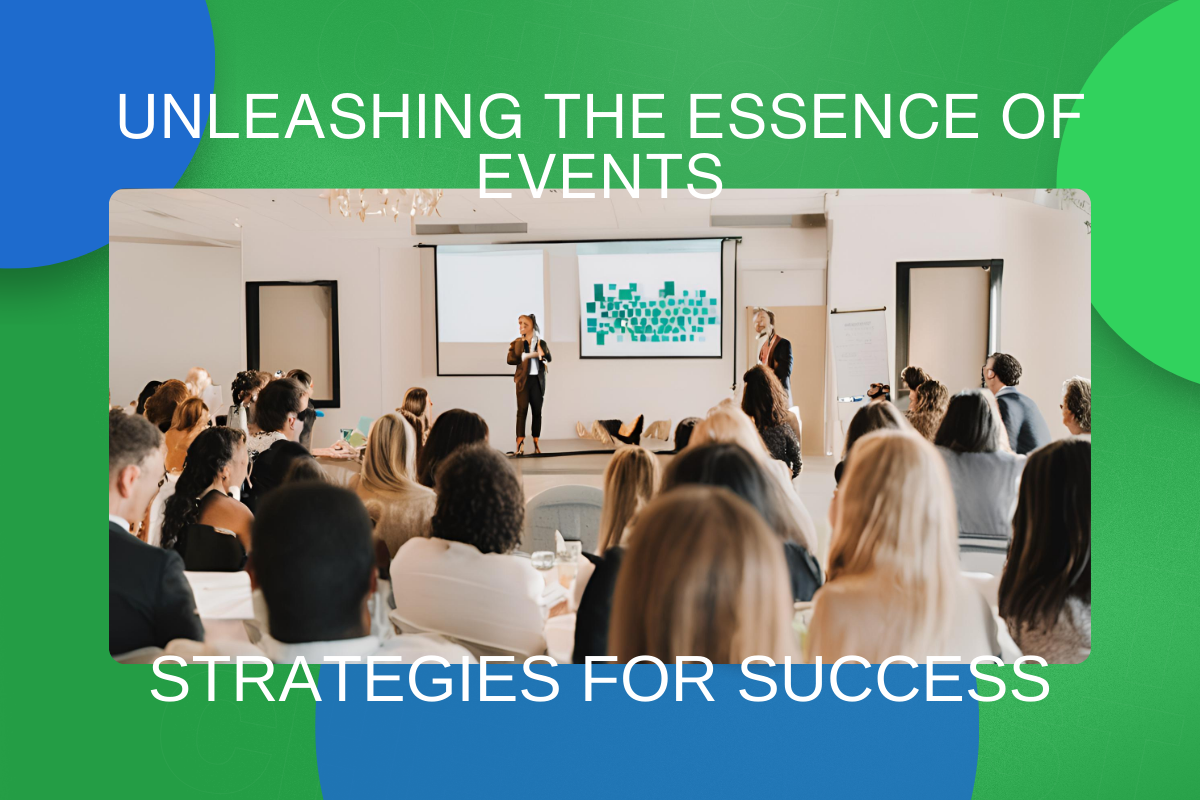Business events such as trade shows, webinars, and conferences offer unparalleled opportunities for networking, lead generation, and brand exposure. However, the true measure of success lies in the return on investment (ROI) derived from these events.
To make the most of your events, here are the three stages that you need to plan and set the stage for success and getting the best ROI on your business events.
Setting the Stage for Success
Before committing resources to any event, it’s crucial to establish clear, measurable objectives. Whether it’s generating a specific number of qualified leads, increasing brand awareness, or launching a new product, having well-defined goals provides a benchmark for success.
A comprehensive plan should outline every aspect of your event participation, from logistics and staffing to marketing and follow-up strategies. This plan serves as a roadmap, ensuring that all team members are aligned and that nothing is overlooked.
Promote your participation through various channels such as social media, email campaigns, and press releases. Building anticipation and awareness before the event can significantly increase traffic to your booth or session, enhancing your chances of achieving your objectives.
Engaging Your Audience
A visually appealing booth or an engaging virtual presence can draw in attendees. Use interactive elements like live demonstrations, contests, and multimedia presentations to capture interest and encourage interaction.
Train your team to identify and engage with high-potential prospects. Meaningful conversations and tailored pitches can create a lasting impression, making it easier to convert leads into clients.
Utilize event apps and social media platforms to connect with attendees in real-time. Encourage live tweeting, Instagram stories, and LinkedIn updates to amplify your reach beyond the event’s physical or virtual boundaries.
Converting Leads to Clients
Collect and analyse data from the event to assess performance against your objectives. Metrics such as the number of leads generated, social media engagement, and booth traffic provide valuable insights into your ROI.
Timely follow-up is essential for converting leads into clients. Develop a follow-up strategy that includes personalised emails, phone calls, and targeted content to nurture leads and keep your brand top of mind.
Post-event evaluation is key to continuous improvement. Gather feedback from your team and analyse what worked and what didn’t. Use these insights to refine your strategy for future events, ensuring better ROI each time.
Measuring ROI
Maximizing ROI from business events requires a strategic approach that encompasses pre-event planning, active engagement during the event, and diligent follow-up.
Implement a robust lead tracking system to monitor the progress of leads generated at the event. CRM software can help manage and track interactions, providing a clear picture of the sales pipeline. Calculate the total cost of participation, including booth rental, travel, accommodation, marketing materials, and staff time. Compare this against the revenue generated to determine the financial ROI.
Measure the impact on brand awareness and perception through surveys, social media analytics, and media coverage. Positive shifts in these metrics can indicate a successful event, even if direct sales are not immediately apparent.
By setting clear objectives, engaging meaningfully with your audience, and leveraging data-driven insights, you can ensure that your investment in events yields significant returns. Continuously refining your strategy based on past experiences will lead to increasingly successful outcomes, solidifying your position in your sector.



